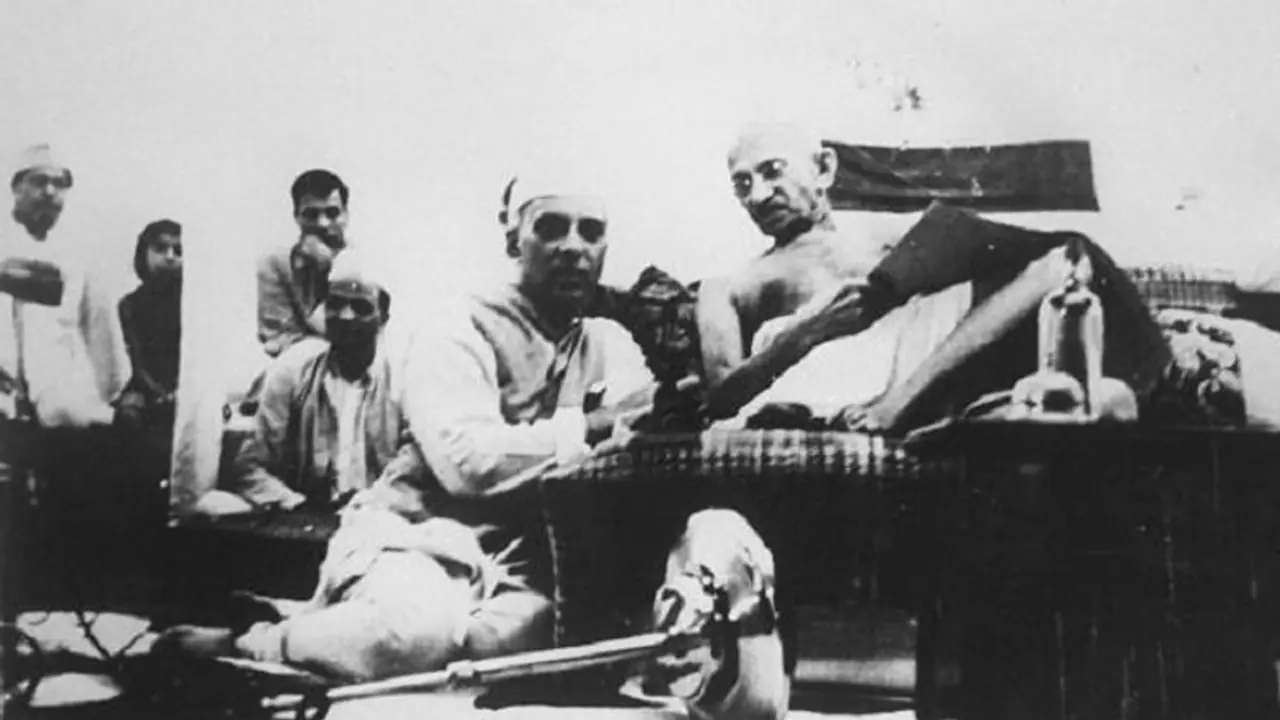Here are incidents and movements that helped India to get freedom.
India is celebrating its 73rd Independence day. India got freedom on August 15, 1947 from British that ruled India for 200 years. The freedom was not an easy task. Many lost their lives and it took more than a century of fight to attain freedom. Here are incidents and movements that helped India to get freedom.
1) From tea and spices to power
The British East India Company came to India in 1600 to trade items including cotton, silk and tea when India had more than 564 princely states. But after the 1757 battle of Plassey, the British achieved political power in India and process of taking the country's reins began. Lord Dalhousie became the Governor- General in 1848. By 1856, the British authority was firmly established.
Here are factors that led to the kindling the sparks of freedom that was at last realised in 1947.
2) Sepoy mutiny -1857
A rumour was spread that the cartridges were made from cow and pig fat and this is said to have insulted both Hindu and Muslim soldiers. Thus Mangal Pandey, a soldier with the help of his battalion decided to revolt against the same in 1857. The news spread and there were protests in small pockets of soldiers in north and east India. The mutiny started on May 10, 1857 and ended on 1 November 1858, the British granted amnesty to all rebels not involved in murder. This is also called the first struggle for freedom of India.
3) Indian National Congress - 1885
On 28 December 1885, the Indian National Congress was founded at Gokuldas Tejpal Sanskrit College in Mumbai (then Bombay). This was attended by 72 delegates. Allan Hume assumed office as the General Secretary, and Womesh Chunder Bonnerjee of Calcutta was elected President. The INC was formed to fight for freedom through an organisation and gather more people for the cause under one banner.
4) Bengal Partition - 1905
Viceroy of India, Curzon announced the decision to effect the Partition of Bengal on July 19, 1905 under the divide and rule policy. This separated the largely Muslim eastern areas from Hindu western areas. Bengali Hindus were upset with their minority status in the new province. They began to agitate. Youngsters used violent methods to retaliate with bombings and shootings. British were not successful in ending the protest and assented to reversing the partition and did so in 1911.
5) Jallianwala Bagh massacre
The Jallianwala Bagh massacre is also known as Amritsar massacre that took place on April 13, 1919. When a large group of Indians had gathered for a meeting at the Jallianwala Bagh, that was a public garden, acting Brigadier-General Reginald Dyer ordered troops of the British Indian Army to fire their rifles into the crowd. At least 379 people were identified dead, and approximately 1,100 wounded, of which 192 were seriously injured.
6) Khilafat movement
The Khilafat movement went on for five years from 1919. It was an agitation by Indian Muslims for the freedom of India. The Khilafat issue crystallized anti-British sentiments among Indian Muslims that had increased since the British declaration of war against the Ottomans in 1914. Even Mahatma Gandhi supported the Khilafat movement.
7) The revolutionary measure - Delhi Assembly bombing - 1929
Shaheed Bhagat Singh and Batukeshwar Dutt bombed the Central Legislative Assembly on April 8, 1929. In order to court arrest, Shaheed Bhagat Singh and Batukeshwar Dutt threw political handouts and smoke bombs at the Delhi Central Legislative Assembly.
8) Civil Disobedience movement -1930
Mahatma Gandhi led this Civil disobedience movement that started on March 12, 1930. Through this, Indian citizens refused to obey certain laws, demands, orders or commands laid out by the British government.
9) Quit India movement
The Quit India Movement, was launched at the Bombay session of the All-India Congress Committee by Mahatma Gandhi on August 8, 1942.
Following these struggles, slowly talks about granting freedom to India started. Though by 1945, there were clear signs of transfer of power, it took another two years and at last on August 15, 1947 the power was transferred to India, making it an independent country.
